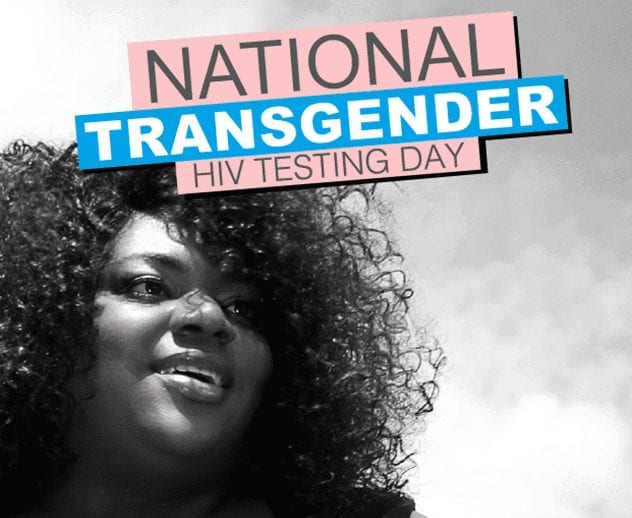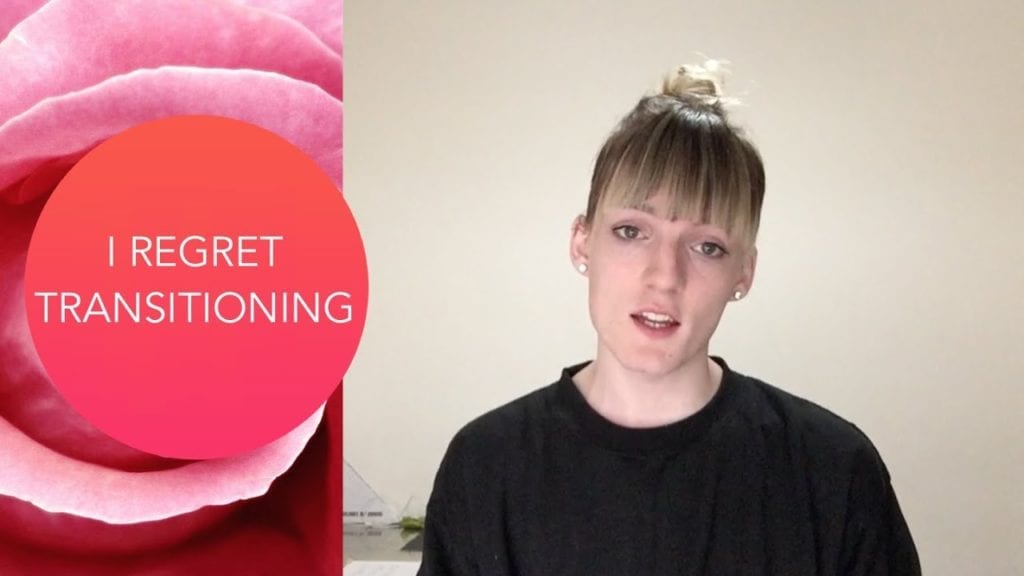 Movies and TV
Movies and TV  Movies and TV
Movies and TV  Creepy
Creepy 10 Lesser-Known Shapeshifter Legends from Around the World
 Animals
Animals 10 Amazing Animal Tales from the Ancient World
 Gaming
Gaming 10 Game Characters Everyone Hated Playing
 Books
Books 10 Famous Writers Who Were Hypocritical
 Humans
Humans 10 of the World’s Toughest Puzzles Solved in Record Time
 Mysteries
Mysteries 10 Scientific Mysteries We Don’t Fully Understand
 Weird Stuff
Weird Stuff 10 Celebrities Who Have Admitted to Alien Encounters
 Our World
Our World 10 Surprising Secrets of Notre Dame Cathedral
 Miscellaneous
Miscellaneous 10 Intriguing Origins of Popular Carnival Rides
 Movies and TV
Movies and TV 10 Actors Dragged out of Retirement for One Key Role
 Creepy
Creepy 10 Lesser-Known Shapeshifter Legends from Around the World
 Animals
Animals 10 Amazing Animal Tales from the Ancient World
Who's Behind Listverse?

Jamie Frater
Head Editor
Jamie founded Listverse due to an insatiable desire to share fascinating, obscure, and bizarre facts. He has been a guest speaker on numerous national radio and television stations and is a five time published author.
More About Us Gaming
Gaming 10 Game Characters Everyone Hated Playing
 Books
Books 10 Famous Writers Who Were Hypocritical
 Humans
Humans 10 of the World’s Toughest Puzzles Solved in Record Time
 Mysteries
Mysteries 10 Scientific Mysteries We Don’t Fully Understand
 Weird Stuff
Weird Stuff 10 Celebrities Who Have Admitted to Alien Encounters
 Our World
Our World 10 Surprising Secrets of Notre Dame Cathedral
 Miscellaneous
Miscellaneous 10 Intriguing Origins of Popular Carnival Rides
10 Transgender Facts You Are Afraid To Talk About
Transgender. Just the word itself is enough to evoke strong emotions on both sides of the political aisle. No matter how you feel about transgender people, there is no denying it is a complicated issue. A fear of offending others or saying things that are deemed wrong can prevent as open a discussion on this subject as is possible. Not one to shy away from a controversial topic, Listverse does not intend to follow suit. Consequently, here are 10 uncomfortable facts about transgenderism that are not as widely known as they should be.
SEE ALSO: 10 Strange Attempts To Create A Real-Life Gaydar
10 Transgenderism Is Extremely Rare

Given the incredible amount of news stories which seem to come out regularly, detailing the pronoun or bathroom usage of people, you might be forgiven if you thought they represented a large portion of the U.S. population. However, that is not the case. If anything, they are one of the smallest minority groups in the entire country.
A 2016 study, which looked at various surveys during the previous nine years, concluded two things. Firstly, the proportion of transgender individuals is growing over time. Secondly, that number is still incredibly small: only about 1 in every 250 adults, or 0.4%. For comparison, all lesbian, gay or bisexual people in the U.S. only account for about 4.0% With that knowledge, it must be surprising that so many people concern themselves with the lives of that small of a population.[1]
9 High Rates Of HIV

According to the Centers for Disease Control, there are a number of interesting facts regarding transgenderism and HIV. In total, they are three times more likely than the national average to receive a new diagnosis of the disease. Stigma and discrimination, factors which affect transgender people more than other groups, are often cited as the reason for the higher percentages.
In one study, 84% of those diagnosed were transgender women and 15% were transgender men. (1% were gender nonconforming.) Included in those numbers are the facts that as many as 14% of transgender women have HIV, with blacks making up nearly half of those numbers. (No surprise that the southern U.S. accounts for more cases than any either geographical region.)[2]
8 Transgender Surgery Is Older Than People Think

Though it might seem to be a relatively new phenomenon, transgender surgery, or sex reassignment surgery, has been around for a long time. The first surgery performed for a transgender individual was a mastectomy in 1926, done by the famous clinic of the German sexologist Magnus Hirschfeld. The first penectomy was done four years later, with the world’s first vaginoplasty the following year. (Unfortunately, the patient died shortly after.)
The first American to undergo surgery was Christine Jorgenson. In 1952, she traveled to Denmark and had it performed by Christian Hamburger. (She even chose her name to honor him.) Perhaps due to her beautiful looks and flowing blond hair, Jorgenson was well-received by the American public, becoming an icon for transgender people for decades afterwards.[3]
7 Transgender Women Competing In Sports

Most people might not be aware of this but the International Olympic Committee has actually allowed transgender people to participate since 2003. Nearly everyone is ok with transgender men competing but many see transgender women as having an unfair advantage. Perhaps to combat that belief, the IOC instituted some very specific rules around the testosterone levels in their female athletes.
Given those hormone requirements, it would seem to be a level playing field. Because where is the line drawn? For many Olympic sports, there are weight categories, which would eliminate some of the advantages. Furthermore, what about Caster Semenya? Born a woman, her body naturally produces more testosterone than the average woman. Is it fair to ban her, if she doesn’t lower her hormone levels to a “fairer” level? And if she can compete with lower testosterone levels, why can’t a transgender woman who does the same?[4]
6 Post-Surgery Regret Is Common

Like a lot of health-related transgender issues, there is not enough information on how often individuals report post-surgery regret, though stories are becoming more and more common. However, some doctors have reported that patients are returning to them in the months or years following their surgeries, asking to have as much reversed as possible.
Of the few studies actually performed, around one in 20 transgender people are believed to have suffered from post-surgery regret. Some individuals report the influence of hormones being a driving force behind their rash decision to have the surgery, with others complaining of a lack of available therapy, which they believed might have convinced them to avoid going under the knife.[5]
5 It’s More Expensive Than People Think

For those suffering from gender dysphoria, there are a handful of options out there. They range from simply dressing as their preferred gender to simply taking hormone replacement medication. The most extreme option is sex reassignment surgery but it is not available to many people because it can be prohibitively expensive. Firstly, nearly all insurance plans do not cover the surgery or will only cover a small portion of the costs.
Secondly, the costs can be astronomical, with some studies putting the price tag at over $100,000. Therefore, many transgender people will often only undergo part of the surgery, with some resorting to extreme measures, such as chest-binding, to ensure they look as close to their preferred gender as possible.[6]
4 Sex with Transgender Women

Again, there has not been many studies between heterosexual men and transgender women. Of the few performed, they have had some enlightening conclusions; chief among them, some men don’t consider themselves to be gay if they sleep with a transgender woman, even if she hasn’t completed the surgical side of the transformation.
Anecdotal evidence abounds, with men more and more likely to come out in regards to their attraction to transgender women. For a more scientific approach, studies have shown that the only thing that really matters to some men is that they outwardly look “feminine”. In one study, most of the men admitted to simply pretending their sexual partner didn’t have a penis, usually performing acts which kept it hidden from view.[7]
3 Murder Rate of Transgender People Is Rising

Though still a relatively small number, the number of murders of transgender people has been climbing in the U.S. in recent years. In 2018, there were at least 26 murders of transgender people, with most of those victims being black transgender women. In 2019, there have been at least 21 murders so far. Just like the year before, black people are being disproportionately killed.
As for why black people are seemingly more prone to suffering violence, it can be chalked up to the fact transgender black people just have more avenues in which they face discrimination. Whether it is because of their gender, their sexuality or their race, there are just simply more reasons that people choose to attack them. In fact, some studies have shown as many as 10% of transgender people reported having been physically attacked in the past year.[8]
2 Transgender Surgery Complications: Common and Gruesome

Though every surgery carries risks of some kind, sex reassignment surgeries pose their own problems. The most commonly reported issues center around the bladder or urethra. Given the complexity of either operation, whether male-to-female or reversed, it shouldn’t be surprising that urinary complications are common. One study in 2017 came to the conclusion that just over 33% of transgender people complained of that specific medical problem alone.
Optimistically, some studies have shown that increased experience and specialization by doctors has led to a decrease in surgical complications. However, even that study showed as many as 11% of patients needed additional unplanned operations due to extensive bleeding in the surgical site, though it was only looking at male-to-female surgeries.[9]
1 High Transgender Suicide Rate

Whether looking at adults who identify as transgender or teens who say the same, one thing stands out: they are much more likely to attempt to kill themselves. Whether its self-esteem issues related to their gender dysphoria or bullying which some transgender people suffer from, as many as 43% of them have reported they had attempted suicide at least once in their life.
In regards to the bullying or violence, nearly 30% of teens reported in one survey they felt unsafe when traveling to or from school, with almost the same number saying they had been sexually assaulted. When it comes to other LGBT people, transgender individuals are nearly two times more likely to either think about or commit suicide. For comparison, only 5% of straight male teens reported attempting suicide, with 10% of straight female teens reporting that.[10]
In America, the National Suicide Prevention Lifeline is 1-800-273-8255.
A Final word from JFrater: Listverse readers are rational and fair in their debate. If you are not a regular commenter here but wish to start now, please follow the lead of our regulars and be respectful in all your discussions in the comment section below. You will find that the same courtesy is offered in return and we will all be enriched by each other.
For more lists just like this, check out 10 Cases Of LGBTQ+ Persecution That Will Horrify You [DISTURBING], and 10 Enlightening Facts About Gay And Trans People.








